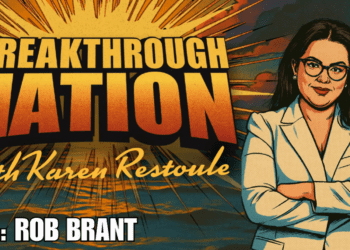An editorial in today’s Globe and Mail about the need for the federal government and Canada’s first nations to reform the system of Aboriginal student support mentions MLI’s first publication, Free to Learn. The full text of the editorial is reproduced below.
For students both on and off reserves
The single biggest predictor of future success is a college or university education. But not enough aboriginal Canadians are getting it. The federal government and Canada’s first nations should embrace ideas to reform the system of aboriginal student support, and commit, at the very least, to running pilot projects that could improve the life prospects of thousands.
The case for change is clear. The federal Department of Indian and Northern Affairs spends just over $300-million a year on its postsecondary student-support program (an amount that has not kept pace with inflation), allocated primarily to aboriginals. According to a departmental audit, many bands end the year with surpluses, while fewer students are getting support than a decade ago (27,000 in 1998-99, but only 23,000 in 2006-07); some lucky students receive the maximum amount of funding, but too many get nothing.
Program funding varies across the country; as Alex Usher, president of Higher Education Strategy Associates, says in a recent report to the department, “There is literally no way to determine, nationally, which students are receiving priority and which are not.”
Those aboriginals who have already moved off-reserve (or come from families that did so) often cannot access most of the assistance. Bands that disburse the money may have fewer than a thousand members, and find it difficult to create and manage application and accountability systems that ensure the money is spent fairly.
Meanwhile, there is a yawning gap in income between aboriginals, only 3 per cent of whom have a university diploma, and other Canadians (whose university attainment rate is six times that figure).
It is a time to get creative. The money needs to be better spent, and off-reserve aboriginal students, who may have less access to the family support and other services that help them devote time to education, should not be forsaken because of a broken funding mechanism.
Mr. Usher’s report said that funding could be distributed directly to students through Indian and Northern Affairs or Human Resources and Skills Development Canada, or could be provided to regional or national first-nations-led organizations. This week, two researchers associated with the MacDonald-Laurier Institute for Public Policy proposed an even more radical idea, to largely bypass organizations by creating personal savings accounts that would give each aboriginal person $4,000 at birth, and $3,000 a year from Grade 6 to 12, to be used for higher education. This equalizes opportunities for on- and off-reserve aboriginals and creates additional incentives to finish high school.
In its last budget, the federal government reannounced a two-year-old commitment to reform aboriginal student support. Shawn A-in-chut Atleo, national chief of the Assembly of First Nations, has called for 65,000 more aboriginal postsecondary graduates, in order to narrow the income gap.
They should work together to make sure that pilot projects that explore these options get off the ground. Time is of the essence, both for the future students, and for future policy-making, as it will take some years to see if the innovations improve the situation.
A necessary consequence would be that band councils would lose some of their power. But any move that allows more aboriginals, in more parts of the country, to access higher education is desirable.




